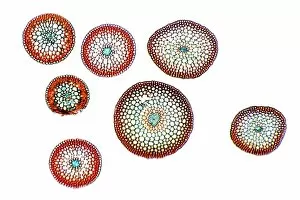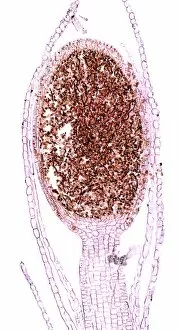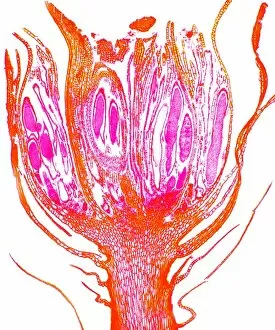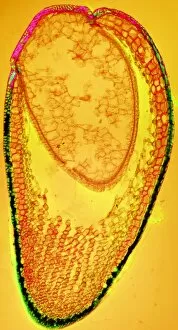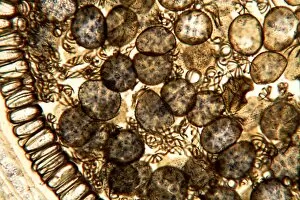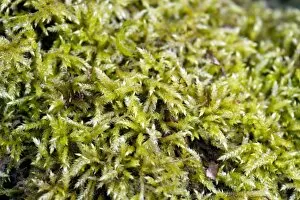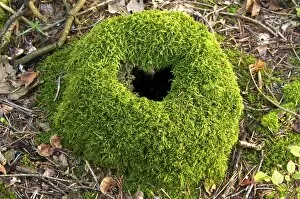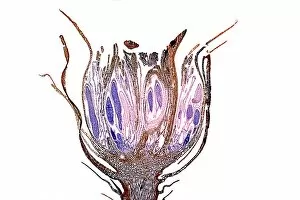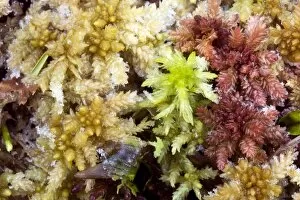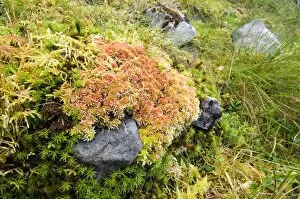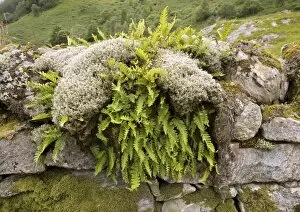Bryophytes Collection (#2)
"Bryophytes: Nature's Carpet of Life" Discover the enchanting world of bryophytes, small but mighty plants that thrive in diverse environments across the globe
For sale as Licensed Images
Choose your image, Select your licence and Download the media
"Bryophytes: Nature's Carpet of Life" Discover the enchanting world of bryophytes, small but mighty plants that thrive in diverse environments across the globe. From the serene Avalanche Creek in Glacier National Park, Montana USA to the ancient Oak woodland on Dartmoor, these resilient organisms find their place amidst breathtaking landscapes. In Muir of Dinnet National Nature Reserve, Deeside, witness a stunning display as mosses and lichens gracefully cover boulders in a granite drystone wall. Their intricate patterns create an awe-inspiring tapestry that speaks volumes about nature's artistry. Zooming closer into this miniature realm, explore the fascinating structure of moss capsules like Homalothecium sericeum through scanning electron microscopy (SEM). These tiny wonders hold within them the potential for new life and growth. The vibrant green hues of moss leaves come alive under false color SEM imaging. Such captivating visuals remind us of the beauty hidden within even the tiniest corners of our natural world. Venturing further north to Inverness-shire, Scotland UK, encounter Bartrimia pomiformis or Apple moss with its delicate spore capsules. This species showcases nature's ability to adapt and flourish even in harsh climates. Transport yourself back in time with Muscinae lithographs from 1899-1904. These colorful illustrations capture both scientific accuracy and artistic expression while showcasing various bryophyte species' diversity. Waterfalls become living canvases for Cratoneuron commutatum and Bryum ventricosum as they grow abundantly alongside rushing streams. The juxtaposition between cascading water and lush greenery creates a mesmerizing sight that soothes both mind and soul. Journeying to Flow Country in Sutherland Highlands, Scotland reveals another marvel – Sphagnum moss up close. Its intricate structures play a vital role in maintaining wetland ecosystems by retaining water and providing a habitat for countless organisms.




